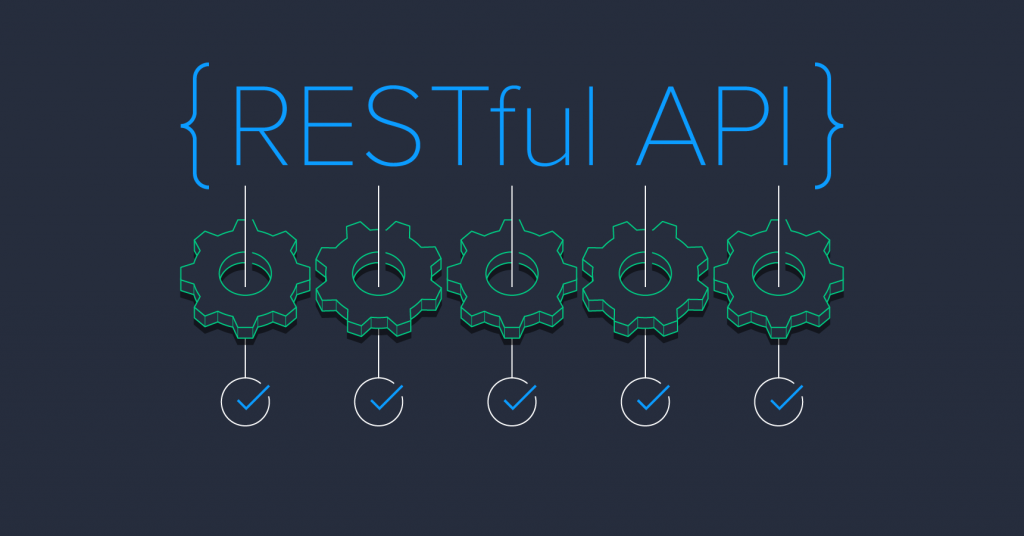In modern web development, RESTful APIs play a crucial role in building robust, flexible, and scalable backend applications. Go (Golang) is a popular programming language for API development due to its high performance and simple syntax. When combined with MongoDB, a powerful NoSQL database, you can create an efficient and scalable API.
This article will guide you on building a RESTful API with Go and MongoDB, from setting up the environment to implementing basic CRUD (Create, Read, Update, Delete) functionalities.
1. Setting Up the Environment
Before we start, you need to install the following tools:
- Go: Download and install from golang.org
- MongoDB: Download and install from mongodb.com
- Postman: A tool for API testing (optional but useful)
Next, create a project directory and initialize a Go module:
mkdir go-mongo-api
cd go-mongo-api
go mod init example.com/go-mongo-apiInstall the necessary libraries:
go get go.mongodb.org/mongo-driver/mongo
go get github.com/gin-gonic/gin2. Connecting Go with MongoDB
Create a main.go file and add the following code to establish a connection with MongoDB:
package main
import (
"context"
"fmt"
"log"
"time"
"go.mongodb.org/mongo-driver/mongo"
"go.mongodb.org/mongo-driver/mongo/options"
)
func connectDB() *mongo.Client {
clientOptions := options.Client().ApplyURI("mongodb://localhost:27017")
client, err := mongo.Connect(context.TODO(), clientOptions)
if err != nil {
log.Fatal(err)
}
err = client.Ping(context.TODO(), nil)
if err != nil {
log.Fatal("Failed to connect to MongoDB")
}
fmt.Println("Successfully connected to MongoDB")
return client
}
func main() {
client := connectDB()
defer client.Disconnect(context.TODO())
}Run go run main.go to test the connection.
3. Building a CRUD API
a. Setting Up the Router with Gin
Add the gin-gonic/gin library to handle HTTP requests:
import (
"github.com/gin-gonic/gin"
)
func main() {
r := gin.Default()
r.GET("/ping", func(c *gin.Context) {
c.JSON(200, gin.H{
"message": "pong",
})
})
r.Run()
}Run go run main.go and test the API at http://localhost:8080/ping.
b. Implementing CRUD API
Below is a simple CRUD API for managing a user list.
Define the User Struct
type User struct {
ID primitive.ObjectID `bson:"_id,omitempty" json:"id"`
Name string `json:"name"`
Email string `json:"email"`
}Create a User
r.POST("/users", func(c *gin.Context) {
var user User
if err := c.BindJSON(&user); err != nil {
c.JSON(400, gin.H{"error": err.Error()})
return
}
collection := client.Database("testdb").Collection("users")
result, err := collection.InsertOne(context.TODO(), user)
if err != nil {
c.JSON(500, gin.H{"error": "Failed to create user"})
return
}
c.JSON(201, gin.H{"message": "User created successfully", "id": result.InsertedID})
})Get Users List
r.GET("/users", func(c *gin.Context) {
var users []User
collection := client.Database("testdb").Collection("users")
cursor, err := collection.Find(context.TODO(), bson.M{})
if err != nil {
c.JSON(500, gin.H{"error": "Error retrieving users"})
return
}
defer cursor.Close(context.TODO())
for cursor.Next(context.TODO()) {
var user User
cursor.Decode(&user)
users = append(users, user)
}
c.JSON(200, users)
})Similarly, you can add API endpoints for updating and deleting users.
4. Conclusion
We have successfully built a simple RESTful API using Go and MongoDB, covering:
- Setting up the environment
- Connecting Go with MongoDB
- Implementing CRUD functionalities
You can further enhance this API by adding authentication, pagination, or deploying it to the cloud.
If you found this guide helpful, feel free to share it!

